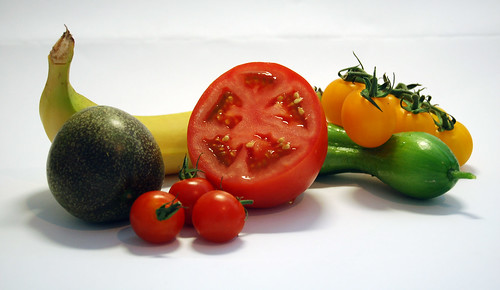
"Berries" (CC BY 2.0) by alexlomas
Eating fruits and vegetables is a great way to improve your health. They’re abundant in healthy nutrients that our body needs to function properly. That’s why all doctors recommend eating fruits and veggies on a daily basis. What we all love about them is the fact they are healthy and delicious at the same time. Besides fruits and vegetables we all know, there is produce that is equally healthy but not that “popular”. In this article, we’re going to introduce thirteen weird fruits and vegetables that you should know about.
1) Cherimoya
"cherimoya" (CC BY 2.0) by ** RCB **
Cherimoya is a fruit native to Ecuador, Columbia, Peru, and Bolivia. Mark Twain described cherimoya as the most delicious fruit known to man. Fruit’s creamy flesh is the reason why cherimoya is also known as the custard pie. Cherimoya is rich in Vitamin C, Magnesium, Vitamin B6 etc. Benefits of this fruit include:
- Immunity boost
- Anti-inflammatory properties
- Reduced level of LDL (bad) cholesterol
- Cardiovascular health
- Brain health
- Prevention of osteoporosis
- Healthy and glowing skin
- Treatment of lice.
Read more about best fruits for all season: https://www.consumerhealthdigest.com/general-health/12-best-fruits-with-their-amazing-health-benefits.html
2) Tomatillo
Tomatillo, also known as the Mexican husk tomato, is a member of the nightshade plant family. It originated in Mexico and played an important part in Maya and Aztec cultures. In fact, tomatillo was more important than the tomato! Tomatillos are abundant in dietary fiber thus improving your digestion. They also contain potassium, niacin, and manganese. Furthermore, tomatillos contain 20% of the daily recommended value of Vitamin C, 13% of daily recommended value of Vitamin K and healthy amounts of iron, phosphorous, copper, and magnesium. Tomatillo is good for eye health, weight loss, and energy boost. It also regulates your blood pressure and reduces the risk for Type 2 diabetes.
3) Sea beans
With a name like this, you probably expect some version of seaweed. However, that’s not the case. In fact, sea beans don’t even grow in sea. Sea beans is native to North America, Europe, South Africa and South Asia. It’s also known as the sea asparagus. Sea beans are rich in protein content as well as calcium and iron. Plus, they’re low in calories.
4) Pummelo/Pomelo
Pomelo is a citrus fruit native to South and Southeast Asia. This fruit tastes like a sweet, mild grapefruit, although typical pomelo is much larger than grapefruit. Pomelo fruits are highly popular in Southeast Asia and for a good reason. They have a wide array of health benefits such as immunity boost, improved digestion, and healthy blood pressure. Another amazing benefit of pomelo fruit is that it prevents muscle cramping thus helping you avoid torn ligaments and pulled muscles. According to the Joint Health Magazine eating a proper diet is a great way to combat joint pain. Therefore, you can safely consider pomelo as ideal fruit that will help you strengthen your bones and joints while preventing cramping (which is also beneficial if you work out).
5) Meyer lemon
Meyer lemon is a citrus fruit native to China and it’s believed that it is a cross between “regular” lemon and orange or mandarin. The chances are high you already tried Meyer lemon but mistook it for the regular one. Here are some key differences:
- Regular lemons are larger in size, Meyer lemons are smaller and more round
- Meyer lemons have smoother skin
- Regular lemons are highly acidic while Meyer lemon is much sweeter
Meyer lemons are rich in Vitamin C thus boosting your immunity system and making your skin glow.
6) Chayote squash
Chayote squash is originally native to Mesoamerica, but now it’s grown worldwide. Main growing regions of chayote include Brazil, Costa Rica, Veracruz, Mexico, and Abkhazia. Chayote is rich in fiber, aids in weight loss, and poses as an excellent source of vitamins and minerals.
7) Kumquat
Kumquat is a fruit that resembles a shrunken orange and it’s native to south Asia and the Asia-Pacific region. This fruit is made up of a variety of essential oils such as limonene as well as vitamins, minerals, fiber, and other nutrients. Some health benefits of kumquat include digestive health, diabetes, immune system, strong bones, immunity and energy boost as well as healthy weight loss. According to the Glozine health news, poor vision is the number one common health problem that interferes with your daily life which is useful to know because kumquats improve your eye health as well.
8) White asparagus
You’ve probably used green asparagus and white asparagus might seem odd to you now. Unlike green, white asparagus is grown underground. Growers cover the spears in mounded dirt or black plastic tunnels so they’re not exposed to light and don’t produce chlorophyll which would turn them green. White asparagus is rich in Vitamins A and C as well as fiber.
9) Star fruit
Star fruit is native to Philippines, Indonesia, Malaysia, Vietnam, India, Nepal, Sri Lanka and Bangladesh. It contains 76% of recommended daily value of Vitamin C thus helping you ward off flu, colds, and other types of infections. The fruit also contains fiber and is packed with antioxidants. If you want to lose weight this fruit is ideal for your endeavor due to high fiber content and only 30 calories.
10) Gai lan
Chinese broccoli or gai lan is a leaf vegetable that features flat, thick, and glossy blue-green leaves with thick stems and a small number of flower heads that resemble those of broccoli. The vegetable is linked with cancer prevention, cardiovascular health, and asthma relief.
11) Ugli fruit
Ugli fruit is the Jamaican form of tangelo, a citrus fruit created by crossing grapefruit, orange, and a tangerine. It contains nutrients such as calcium, fiber, and various vitamins. Ugli fruit has a zero fat content, proteins, and it reduces risk for hypertension, stroke, and cancer.
12) Dandelion greens
Dandelion greens are members of one of the largest plant families – sunflower. This plant is rich in various nutrients that your body needs. For example, the greens of the humble dandelion provide 535% of the recommended daily value of Vitamin K as well as 112% of recommended daily value of Vitamin A. Moreover, dandelion greens are high in fiber and contain vitamins C and B6 as well as minerals like calcium, iron, magnesium, phosphorous and manganese.
13) Purple sweet potato
Purple sweet potato is native to Okinawa, Japan and its purple shade is completely natural. In fact, the color comes from the same pigment that makes cherries and strawberries red. It is rich in vitamins A, B, C, and minerals such as potassium and calcium. Purple sweet potato is so healthy that even Dr. Oz included it into his 5 Superfoods to Eat Now list in 2010.
Conclusion
Nature is mysterious and it gives us produce that helps us improve and maintain our health. Besides fruits and vegetables we love and eat, there’s still a lot that nature gave us and we haven’t “discovered” yet. In this article, we listed 13 fruits and veggies that are incredibly healthy yet most people don’t know about. Include them into your diet and explore to find out more produce you haven’t tried before.
Author Bio
 Katleen Brown is a health, beauty and fitness writer. She loves to publish her articles on various health related websites. In her spare time, likes to do research to bring awareness. Recognizing the unity of body, mind, and outlook, she helps empower women to tune into their innate & inner wisdom to transform their health and truly flourish. Get in touch with her on Google+, Pinterest and Twitter.
Katleen Brown is a health, beauty and fitness writer. She loves to publish her articles on various health related websites. In her spare time, likes to do research to bring awareness. Recognizing the unity of body, mind, and outlook, she helps empower women to tune into their innate & inner wisdom to transform their health and truly flourish. Get in touch with her on Google+, Pinterest and Twitter.


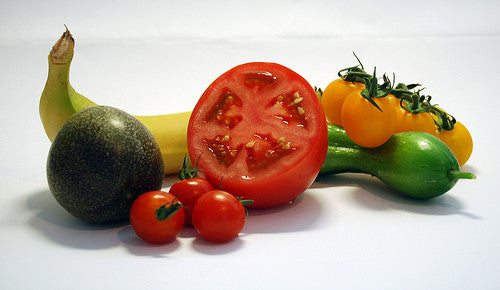

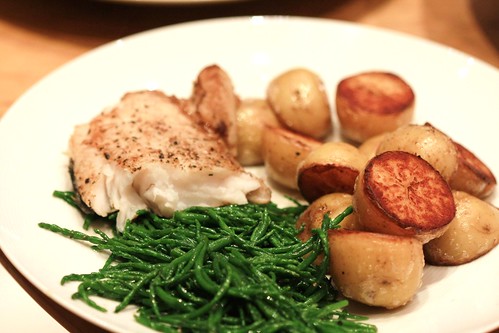
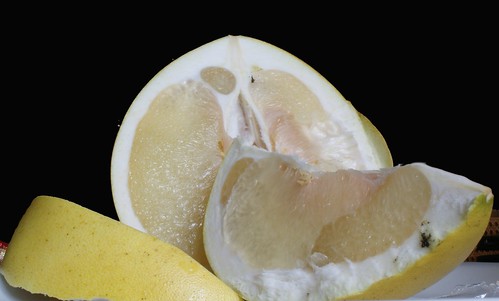
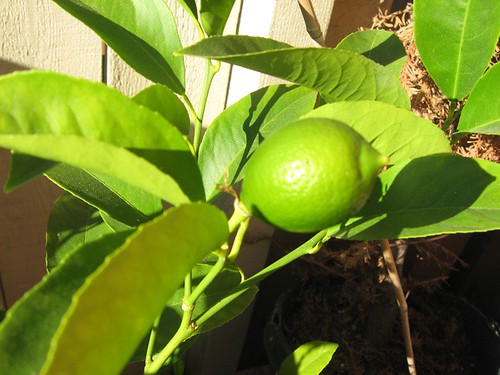
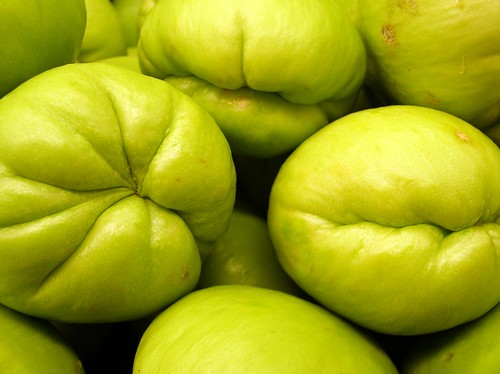
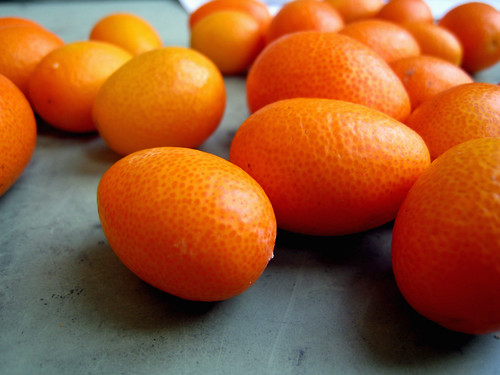

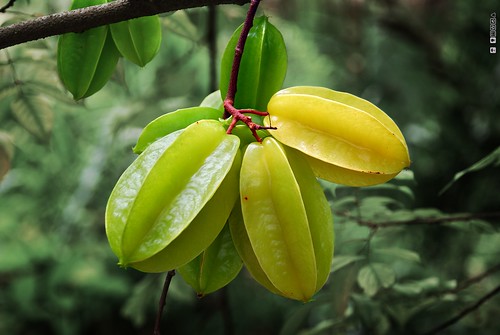

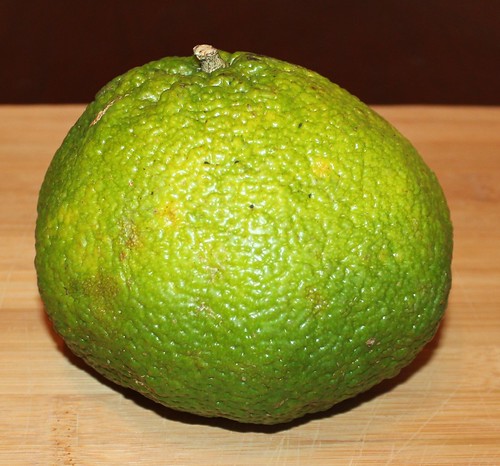
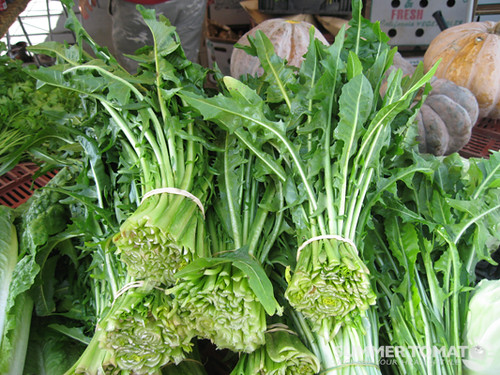
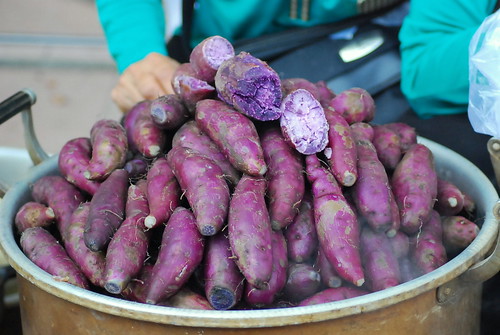

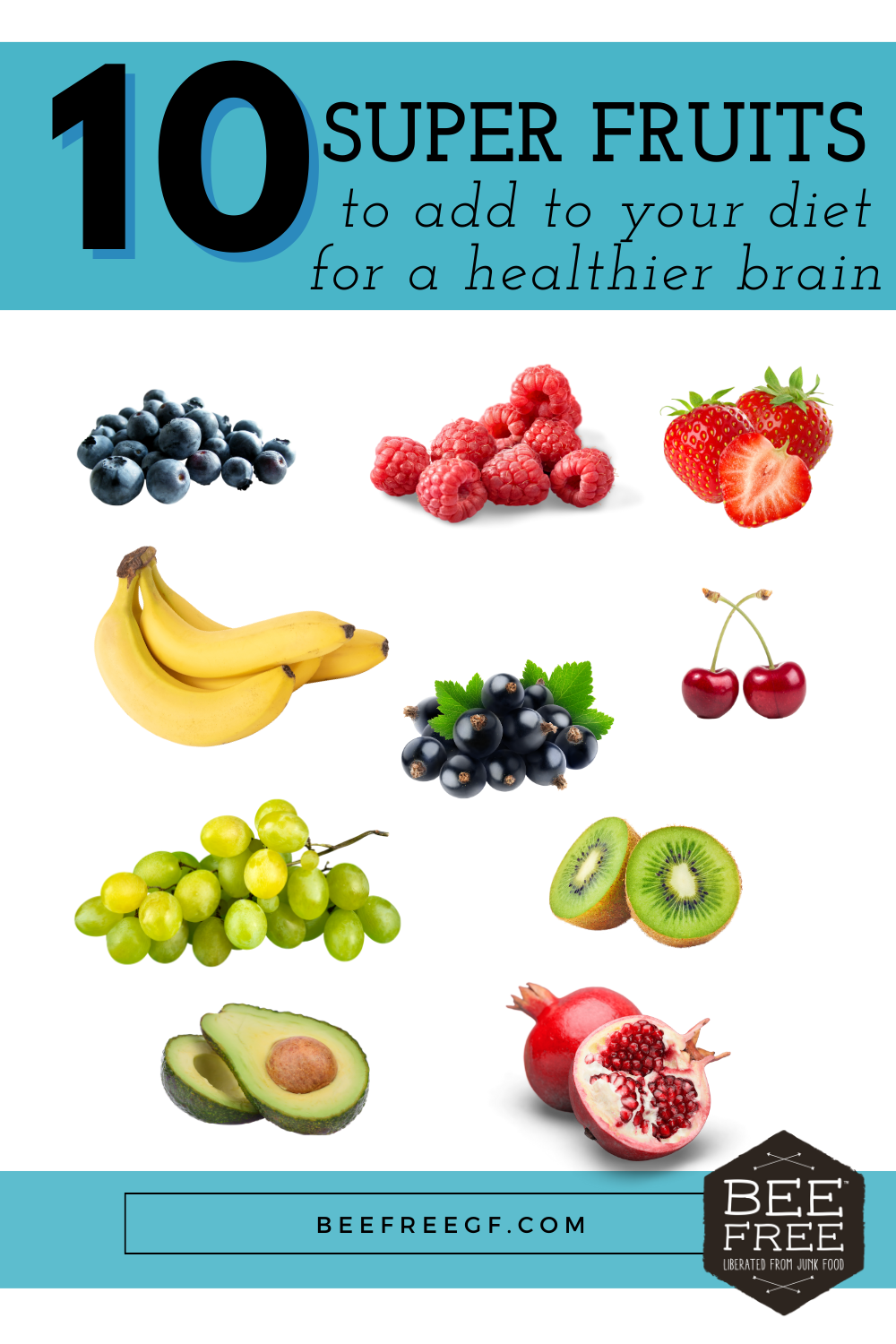
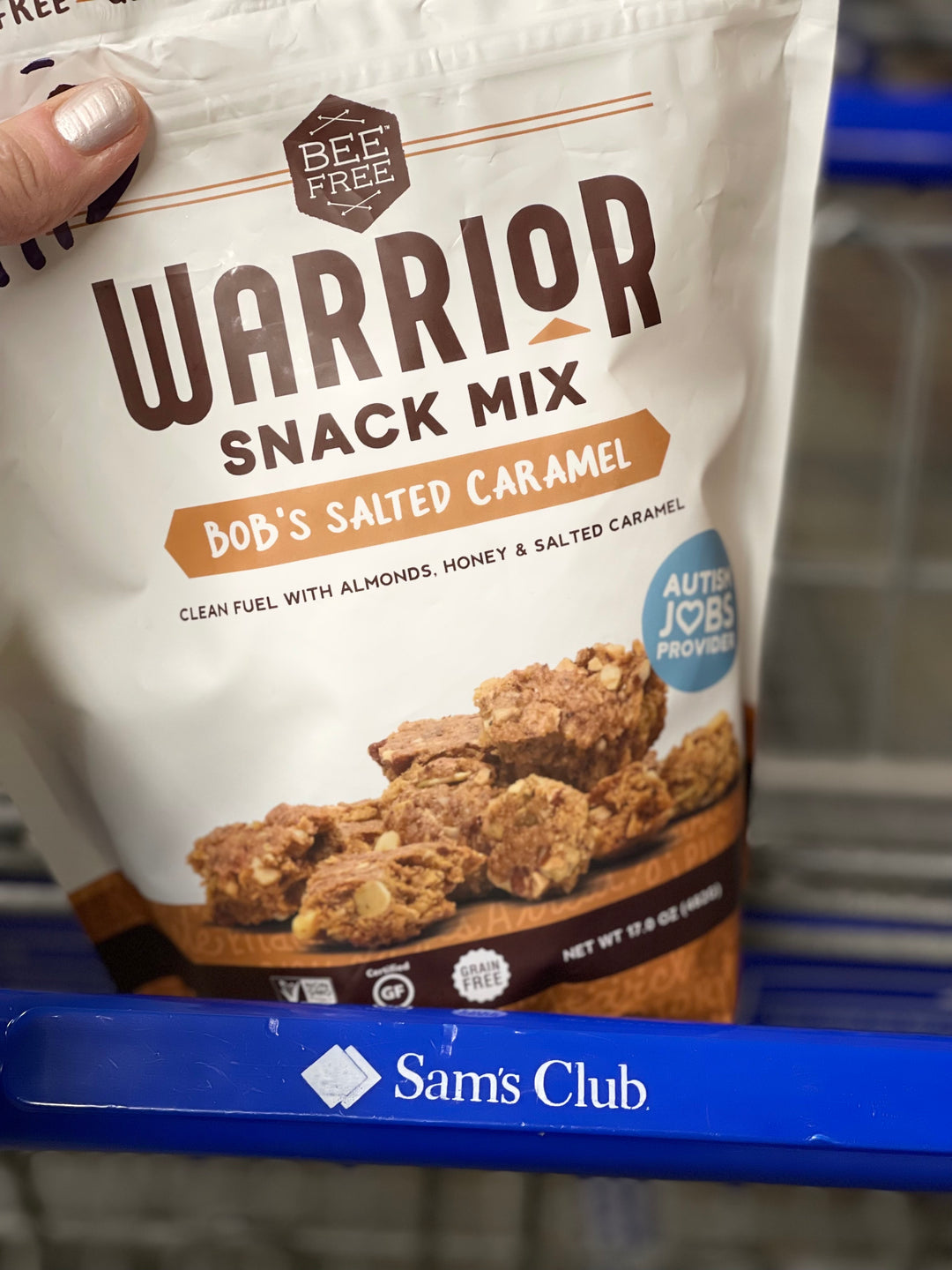


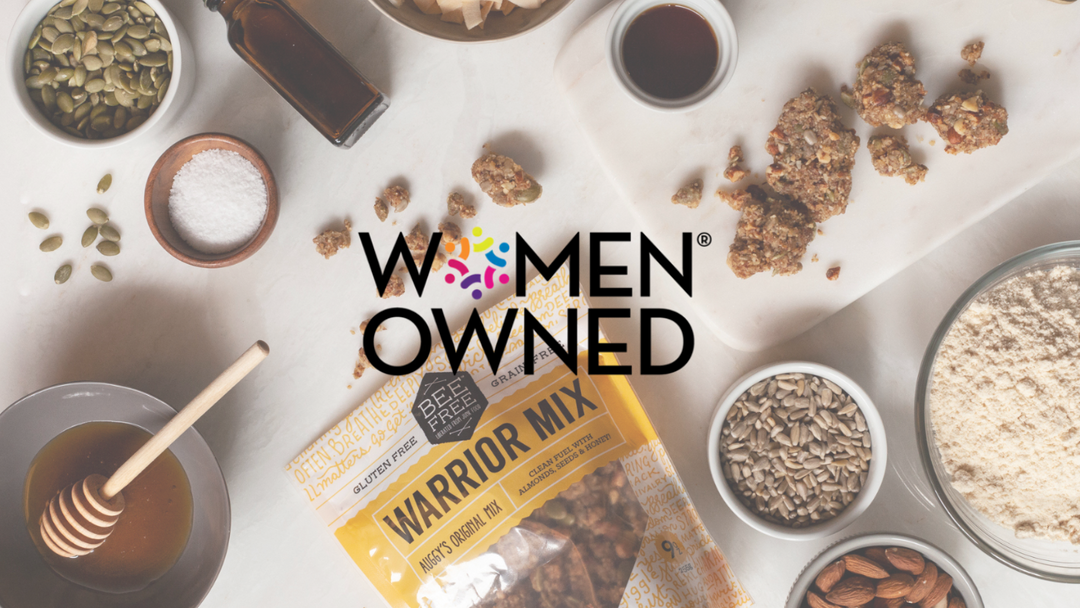
Leave a comment